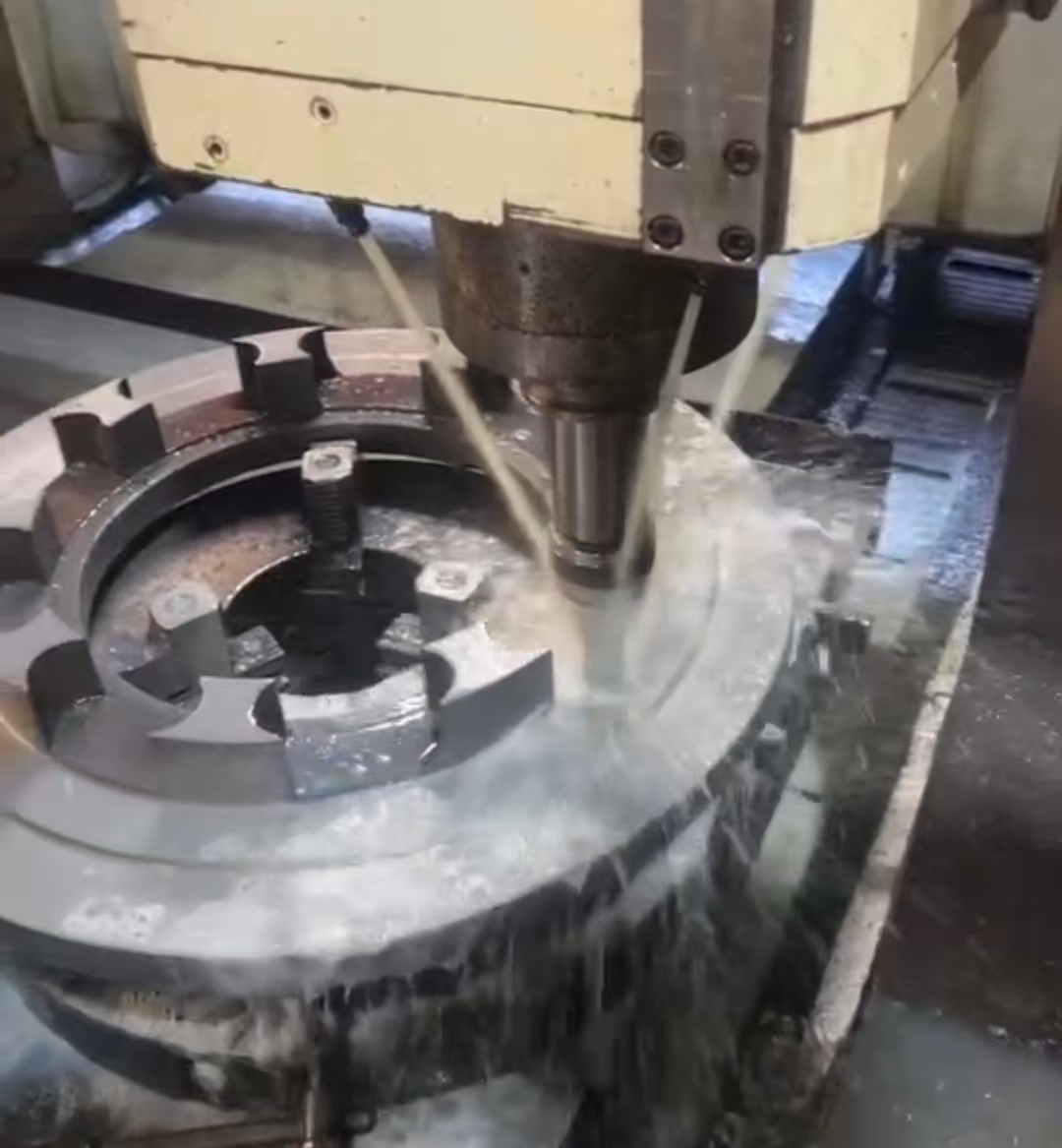
Coupling: The key hub of industrial transmission
2025-02-08 08:55Coupling: The key hub of industrial transmission
In the huge system of industrial machinery, couplings play an irreplaceable role as key components that connect two shafts or shafts and rotating parts, so that they rotate together and transmit motion and power. From basic principles to various types, from manufacturing processes to application fields, every link of couplings contains profound industrial wisdom.
The working principle of couplings is based on the basic logic of mechanical transmission. Through rigid or elastic connections, it ensures that power is efficiently transmitted from the driving shaft to the driven shaft. The seemingly simple connection requires precise consideration of multiple factors such as torque, speed, axial displacement, radial displacement, and angular displacement. The deviation of any parameter may affect the overall performance of the equipment and even cause serious failures.
There are many types of couplings, each with its own unique design and application scenarios. Rigid couplings are widely used in equipment with high requirements for shaft alignment and stable working conditions due to their simple structure, low cost, and large torque transmission, such as the connection between small motors and pumps. Flexible couplings, on the other hand, can effectively compensate for the relative displacement of two shafts and buffer vibration and impact with elastic elements, and are indispensable in large-scale equipment such as metallurgy and mining. Among them, diaphragm couplings adapt to the offset of the shaft through the elastic deformation of the metal diaphragm, and are often used in high-speed and high-precision transmission systems; drum gear couplings use the meshing of drum gears to transmit large torque while allowing large angular displacement, and are commonly used in the transmission of heavy machinery.
The synchronous operation of transmission components provides a basis for the high-precision manufacturing of products.
With the advent of the era of Industry 4.0 and intelligent manufacturing, the coupling industry is also constantly innovating and developing. Intelligent couplings have built-in sensors that can monitor the operating status of equipment in real time, such as torque, speed, temperature and other parameters, and transmit data to the control system through the Internet of Things technology to achieve fault warning and intelligent maintenance, greatly improving the operating efficiency and safety of equipment. At the same time, concepts such as lightweight design and green manufacturing have also prompted the coupling industry to continuously explore new materials and structural optimization to reduce energy consumption and reduce environmental pollution.
As the key hub of industrial transmission, couplings play a vital role in industrial development despite their relatively small size. They are not only the link of mechanical connection, but also the epitome of industrial technological progress. In the future, with the continuous innovation of technology and the continuous evolution of application needs, the coupling industry will surely shine more brightly in the industrial field and inject continuous power into the high-quality development of the global manufacturing industry.

